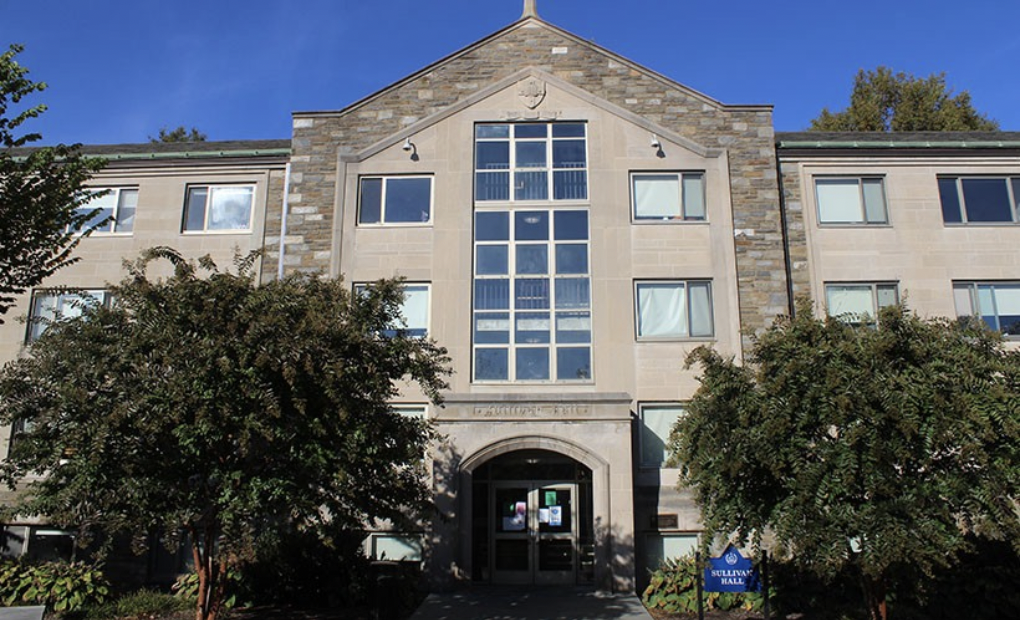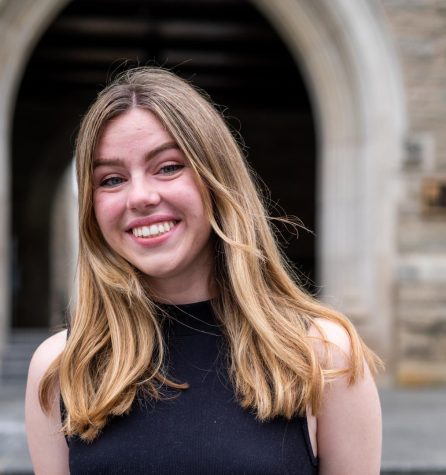Nearly half of Villanova students rely on financial aid to pursue higher education at the University, according to Villanova’s Common Data Set for 2022-2023. For these students, the process of having stressful phone calls with relatives, digging through tax records and filling out online forms is all too familiar. It’s the annual process of filling out the Free Application for Federal Student Aid, more commonly known as the FAFSA.
This year’s FAFSA, however, will look a little different from years past. The form will reflect all the changes from the FAFSA Simplification Act, passed by Congress in 2020 and taking effect for the 2024-2025 aid year. These changes include the replacement of the Expected Family Contribution (EFC) metric with the Student Aid Index (SAI), modifications to family definitions, expanded access to Federal Pell Grants and a streamlined application process.
Amanda Constable, Villanova’s Director of Financial Assistance, explained key differences between the old EFC and the new SAI metrics.
“The concepts of each are essentially the same,” she said. “The EFC caused some confusion in its interpretation, and many thought another name would make it clearer to understand. The SAI is not an expectation of contribution, but rather a tool that is used to determine financial aid eligibility.
“SAI is used to determine eligibility for federal aid (Federal Pell Grant, Federal Supplemental Opportunity Grant, Direct Loans, Federal Work Study and other federal programs). The biggest change between the two is that the SAI will no longer consider the number of students a family may have attending college into their determination of eligibility for federal financial aid.”
The SAI’s failure to consider the number of students a family has attending college has the potential to have a significant impact on Villanova. According to Philip Levine at the Brookings’ Institution, approximately one-third of college students also have a sibling in college. Villanova’s reputation as a “sibling school” suggests this number could be even higher on our campus. Previously, families with multiple students in college would receive a break from FAFSA. Under the new act, there will be no additional aid for having multiple students in college.
The EFC and SAI also have different minimum amounts. While previously the lowest possible EFC was $0, the SAI will go as low as -$1,500. This will help financial aid offices identify the students with extreme need. Additionally, students with an SAI between -$1,500 and $0 will qualify for a Maximum Pell Grant. Other students with low SAIs will still be Pell Grant eligible. According to Villanova’s Common Dataset for 2022-2023, approximately 9.7% of the Class of 2020 received a Federal Pell Grant.
Other changes impact students of divorced or separated parents and students whose families own a small business or farm.
Previously, students of divorced or separated parents would report the income of the parent they lived with for the majority of the year. Under the new act, students will report the income of the parent providing the most financial support.
Additionally, families who own a small business or farm employing a hundred or less people will now have to report the net value of their business, which can be used towards calculating student financial aid. Previously, these businesses were excluded.
One lesser-known impact of the FAFSA Simplification Act is that it affects homeless, unaccompanied youth.
Dr. Stacey Havlik is an Associate Professor of Counseling at Villanova University and a former school counselor. She also works for the National Association of Education of Homeless Children and Youth (NAEHCY) and a lot of her research focuses on homelessness and how school counselors, liaisons and stakeholders in higher education support students experiencing homelessness.
“If you don’t have parent contact information or a stable address, it can make filling out the FAFSA form very difficult,” Havlik said. “I’ve heard of cases where students just give up. They don’t apply because they can’t get their parents’ contact information or have an address.”
Previously, homeless, unaccompanied youth could apply for the FAFSA under an independent student status, making the process easier for them. However, they had to get re-verified every year as having “unstable housing.”
This imposed an undue hardship on these students.
“[It] can be very difficult and re-traumatizing for some students…they may end up not applying or dropping out because they’re tired of fighting that fight,” Havlik said.
Under the FAFSA Simplification Act, homeless, unaccompanied youth now will only need to be verified once and will not have to re-verify annually. This is expected to increase the rate of homeless unaccompanied youth that attend college and, ultimately, stay in college and graduate.
Although there will be winners and losers from the FAFSA simplification act, there is one policy that most people will be happy about: the number of required questions is reduced from 108 to 46.
The 2024-2025 FAFSA is expected to be available on or before Dec. 31. In the meantime, one can calculate an estimate of their aid at https://studentaid.gov/aid-estimator/.







